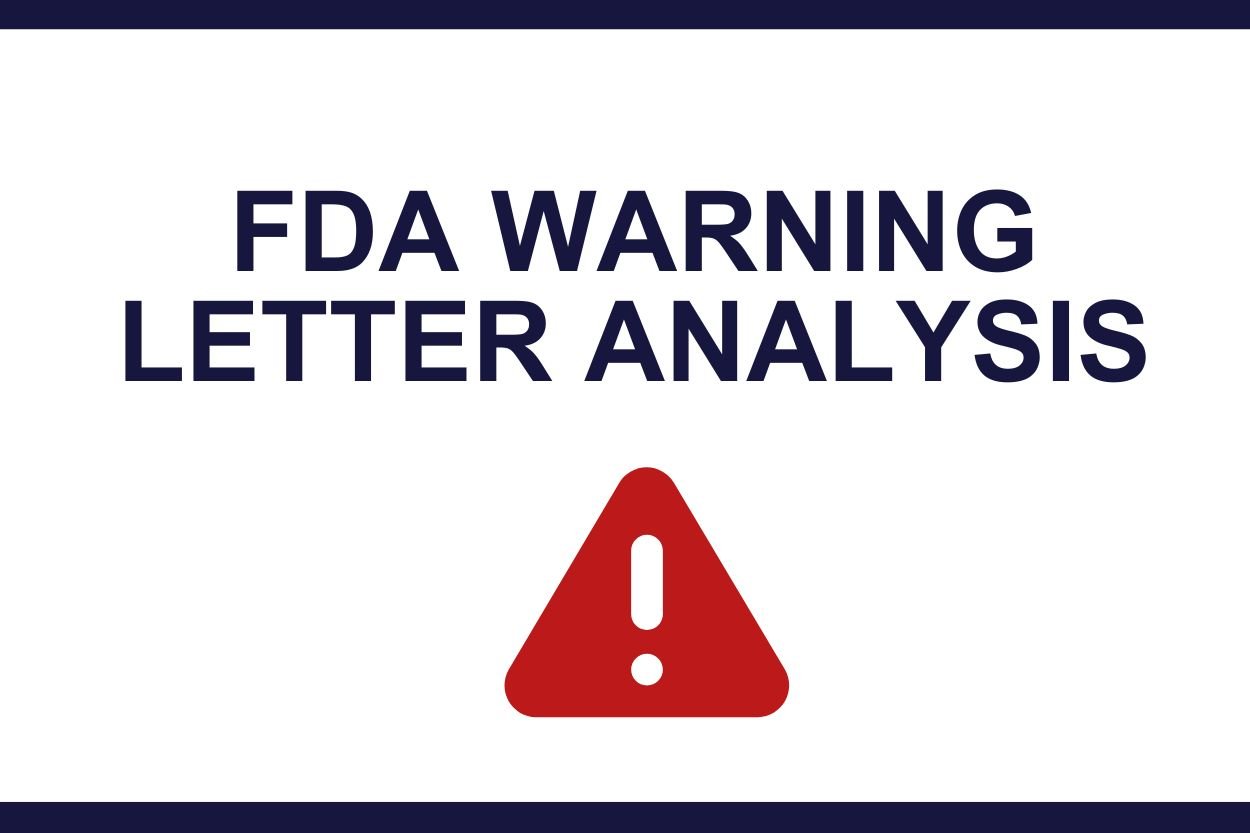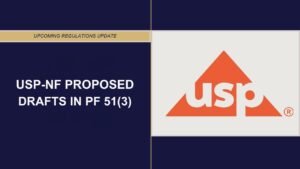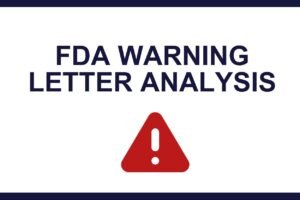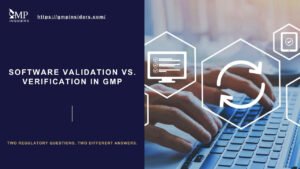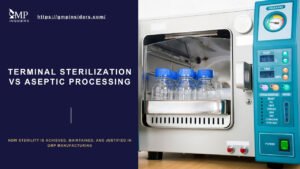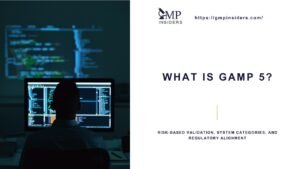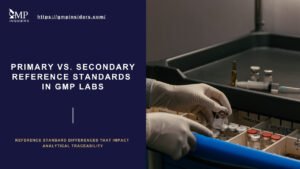The U.S. Food and Drug Administration (FDA) has issued a warning letter to ABR Laboratory LLC, a contract testing facility in Hollywood. An inspection from September 9 to 13, 2024, uncovered serious regulatory violations. The laboratory failed to validate its test methods and did not properly investigate equipment deviations, raising concerns about the accuracy and reliability of its drug testing processes.
Because ABR Laboratory LLC failed to follow essential quality control measures, the FDA considers the drug products it tested compromised under Section 501(a)(2)(B) of the Federal Food, Drug, and Cosmetic Act (FD&C Act). These compliance failures put patient safety at risk by increasing the chance of unsafe drug products reaching consumers.
Key Non-Conformances Identified
Below is a summary of the key non-conformances identified during the FDA inspection.
1. Failure to Validate Test Methods
Pharmaceutical laboratories must establish and document their test methods’ accuracy, sensitivity, specificity, and reproducibility. Any deviation from (USP) standards must be scientifically justified and validated to ensure equivalent or superior accuracy.
Findings
- ABR Laboratory did not validate its microbial testing methods against USP compendial standards.
- The laboratory used a different growth media for Plate Count testing than the Soybean-Casein Digest Agar required by USP<61> Microbiological Examination of Nonsterile Products.
- Method suitability testing was not conducted for multiple over-the-counter (OTC) drug products, including a drug intended for children’s (b)(4) symptoms.
- The firm failed to demonstrate that its method was equivalent or superior to the USP method, potentially leading to inaccurate microbial contamination results.
Risk Implications
The failure to properly validate test methods means that ABR Laboratory cannot assure the accuracy and reliability of its microbial testing results. This is a significant patient safety risk, as unverified methods might fail to detect harmful microbial contamination, leading to the distribution of unsafe drug products.
2. Failure to Investigate Equipment Deviations (21 CFR 211.192)
Pharmaceutical manufacturers and testing laboratories must thoroughly investigate any unexplained deviation or failure of a batch, component, or piece of equipment, even if the product has already been released.
Findings
- A 2 – 8°C refrigerator, used to store reference microorganisms for growth promotion testing, was out of range for over 24 hours, reaching temperatures as high as 17.4°C.
- This deviation was not identified, investigated, or documented despite its potential impact on test reliability.
- Storing reference microorganisms outside their acceptable range compromises their growth potential, diminishing their value as reference organisms and affecting the accuracy of the results.
Risk Implications
Failure to investigate temperature excursions means potentially compromised reference microorganisms could have been used in microbial tests, leading to wrong test results and unsafe product release.
CAPA Plan Recommendations
To address the identified CGMP violations, ABR Laboratory LLC must implement a comprehensive CAPA plan, including root cause analysis, corrective measures, and preventive actions to ensure long-term compliance.
Test Method Validation Deficiency
Root Cause Analysis (RCA)
Potential causes include:
- Lack of training or awareness of USP method validation requirements.
- Absence of a structured validation protocol for new test methods.
- Oversight by the Quality department when approving test methods.
Corrective and Preventive Actions (CAPA)
✅ Conduct a complete validation study of microbial test methods against USP<61> and relevant compendial standards.
✅ Establish a method verification protocol for each product tested.
✅ Implement quality control checkpoints to ensure CGMP compliance.
Equipment Deviation Investigation Failure
Root Cause Analysis (RCA)
Potential causes include:
- No real-time monitoring system to detect temperature deviations.
- Lack of established procedures for investigating and documenting deviations.
- Failure to routinely review environmental monitoring data.
Corrective and Preventive Actions (CAPA)
✅ Install real-time temperature monitoring with automated alerts.
✅ Perform retrospective testing to determine if past microbial test results were affected.
✅ Revise Standard Operating Procedures (SOPs) to require mandatory investigations for all deviations.
SEE ALSO: How to Integrate CAPA in GMP
Timeline for Implementation
Immediate Actions (0-3 Months)
- Perform full validation of test methods and submit results to the FDA.
- Conduct retrospective testing for affected products.
- Implement real-time environmental monitoring with automatic alerts.
Short-Term Actions (3-6 Months)
- Complete method suitability testing for all product categories.
- Retrain laboratory personnel on test method validation and deviation investigations.
- Strengthen Quality Assurance oversight of laboratory processes.
Long-Term Actions (6-12 Months)
- Establish a routine re-validation schedule for all test methods.
- Conduct regular CGMP compliance audits.
- Maintain an ongoing training program for laboratory staff.
Conclusion
ABR Laboratory LLC must immediately address its CGMP violations to ensure the accuracy and reliability of its drug testing processes. The failure to validate test methods and properly investigate deviations raises serious public health concerns and undermines regulatory compliance.
To regain compliance, the laboratory must:
- Validate all test methods according to USP standards.
- Strengthen deviation investigation procedures to prevent recurring issues.
- Enhance Quality oversight to ensure long-term adherence to CGMP.
The FDA strongly urges ABR Laboratory LLC to engage a CGMP consultant to guide its corrective actions. Failure to take immediate and effective action may lead to seizures, injunctions, or loss of FDA approvals. The company must submit a detailed remediation plan without delay to avoid further enforcement action.
Full details on this warning letter can be found on the following link.

